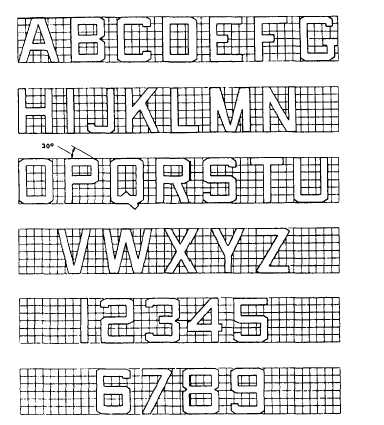Zinc Chromate Primer TT-P-1757
Zinc chromate primer is intended for use as a
general-purpose interior protective coating for metal
surfaces. Depending on the location, zinc chromate
primer may or may not require a topcoat. Primer is
relatively easy to apply and remove. Zinc chromate
primer is a single component. You should thin primer
with TT-T-548 toluene or TT-M-261 methyl ethyl
ketone. Do not use zinc chromate primer on exterior
aircraft surfaces, wheel wells, wing butts, or in areas that
are exposed to temperatures exceeding 175°F (79.4°C).
Enamel Finishes
Most enamel finishes used on aircraft surfaces are
baked finishes that cannot be touched up by
organizational or intermediate levels of maintenance.
Minor damage to conventional enamel finishes
ordinarily used on engine housings is repaired with
epoxy topcoat material or air-drying enamel.
Elastomeric Rain Erosion-Resistant Coating
MIL-C-7439
Elastomeric coatings are used as a coating system
to protect the exterior laminated plastic parts of
high-speed aircraft, missiles, and helicopter rotor
blades from rain erosion. They offer good resistance
to the effects of weather and aromatic fuels.
Excellent adhesion is obtained after a 7-day drying
period.
Repairs to these coatings in the field are
impracticable because of the long curing time. Kits
are available to repair coatings where limited touchup
is required. These kits contain a primer, neoprene
topcoat, and antistatic coating. If the radome or
leading edge coatings are in bad condition, they
should be stripped completely and recoated with
epoxy primer and acrylic topcoat as a temporary
measure. If schedules and conditions permit adequate
curing of elastomeric coatings, these original coatings
may be replaced.
The repair kits are normally bought open
purchase to ensure that fresh materials are available.
They should be stored in a cool place or refrigerated.
Heat accelerates their aging. Stripping fiber glass
surfaces should be done according to the current
maintenance instructions. Elastomeric coatings are
toxic and flammable and must be used with care.
General Safety Precautions for Painting
General safety precautions for all painting as well
as those for special types of paints must be observed.
These precautions include the following:
No eating, drinking, or smoking is allowed in
areas where paint or solvent is being used.
Prolonged breathing of vapors from organic
solvent or materials containing organic solvent is
dangerous. Prolonged skin contact with organic
solvents or materials containing organic solvents can
have a toxic effect on affected skin areas.
PAINTING SPECIFICATIONS
Specifications for the location, colors, and layout
for letters and numbers can be found in Paint
Schemes and Exterior Markings for U.S. Navy and
Marine Corps Aircraft, MIL-STD-2161(AS). Other
painting specifications that you may need to perform
your duties are Finishes, Organic, Weapons System,
MIL-F-18264D(AS); and Marking and Exterior
Finish Colors for Airplanes, MIL-M-25047C(ASG).
Numbers and Letters
The layout for standard military letters and
numbers is shown in figure 14-31. The specifications
of the form for letters follows:
Figure 14-31.—Forms of letters and numerals.
14-35

